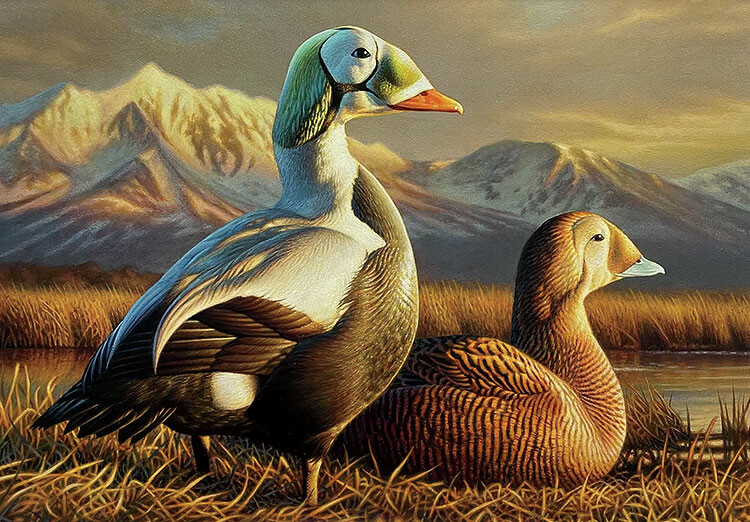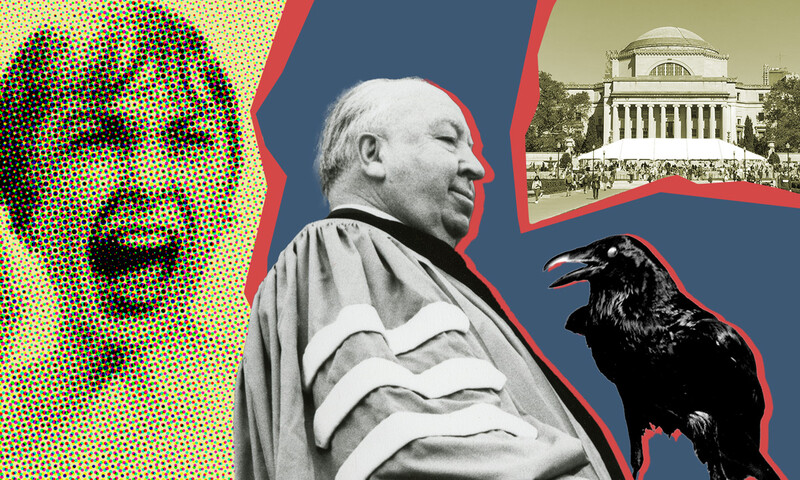As an avian paleontologist, Daniel Ksepka ’07GSAS specializes in esoteric subjects like the evolution of diving in extinct penguin species. “I would consider myself probably the world’s expert on fossil penguins,” he says, “but that’s only because there are few people who study them.” But Ksepka is equally passionate about promoting the natural world to the public, and as the curator of science at the Bruce Museum in Greenwich, Connecticut,
he recently turned his attention to a more common waterbird: the duck.
Ksepka’s latest show, Conservation Through the Arts: Celebrating the Federal Duck Stamp, on view through February 9, is dedicated to the artwork of the Federal Duck Stamp, a little-known but wildly successful conservation program. This annual pass to hunt waterfowl in the United States — originally with a face value of one dollar, today twenty-five — has raised over $1.2 billion for wetland and wildlife conservation since its introduction in 1934. “It’s not a postage stamp but a revenue stamp,” explains Ksepka. Each year hundreds of artists submit original renderings of North American ducks, swans, and geese, hoping their work will be featured.
The stamps are bought not only by hunters but by stamp collectors, nature lovers, and wildlife-art aficionados. “It’s less than three square inches,” says Ksepka, “but has conserved more than 6.5 million acres while helping bird populations rebound from overhunting.”
This article appears in the Winter 2024-25 print edition of Columbia Magazine with the title "Wing Man."




